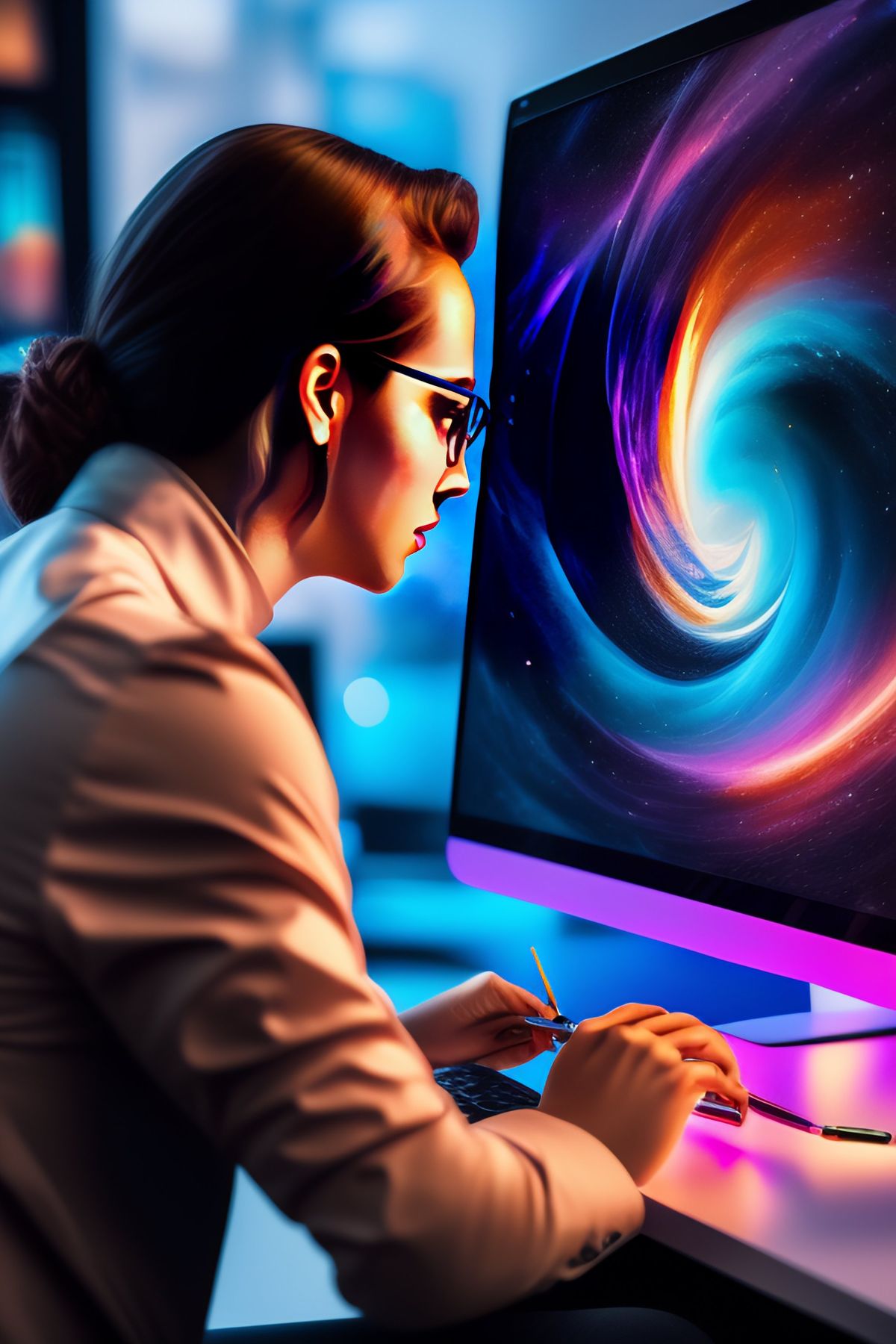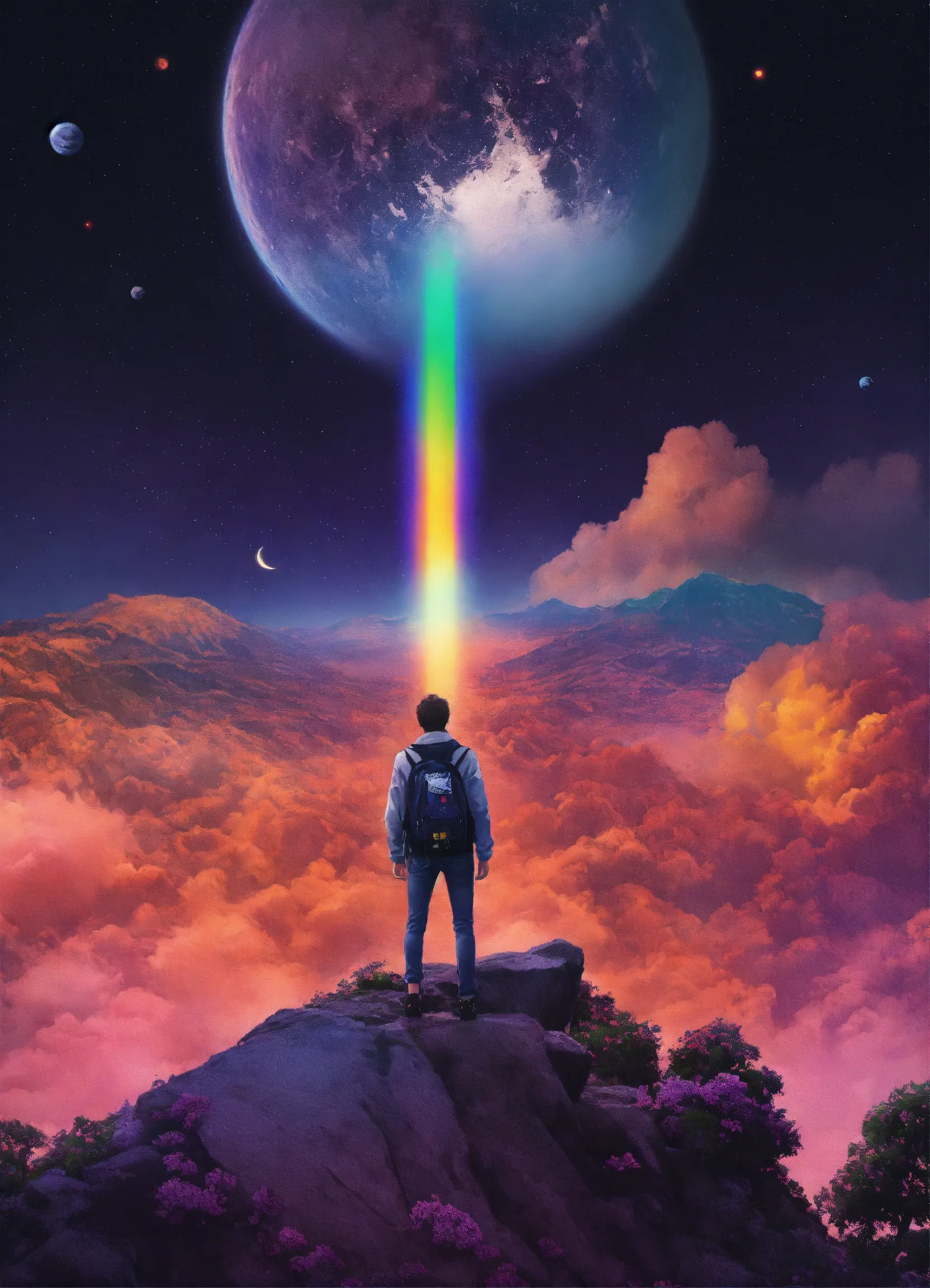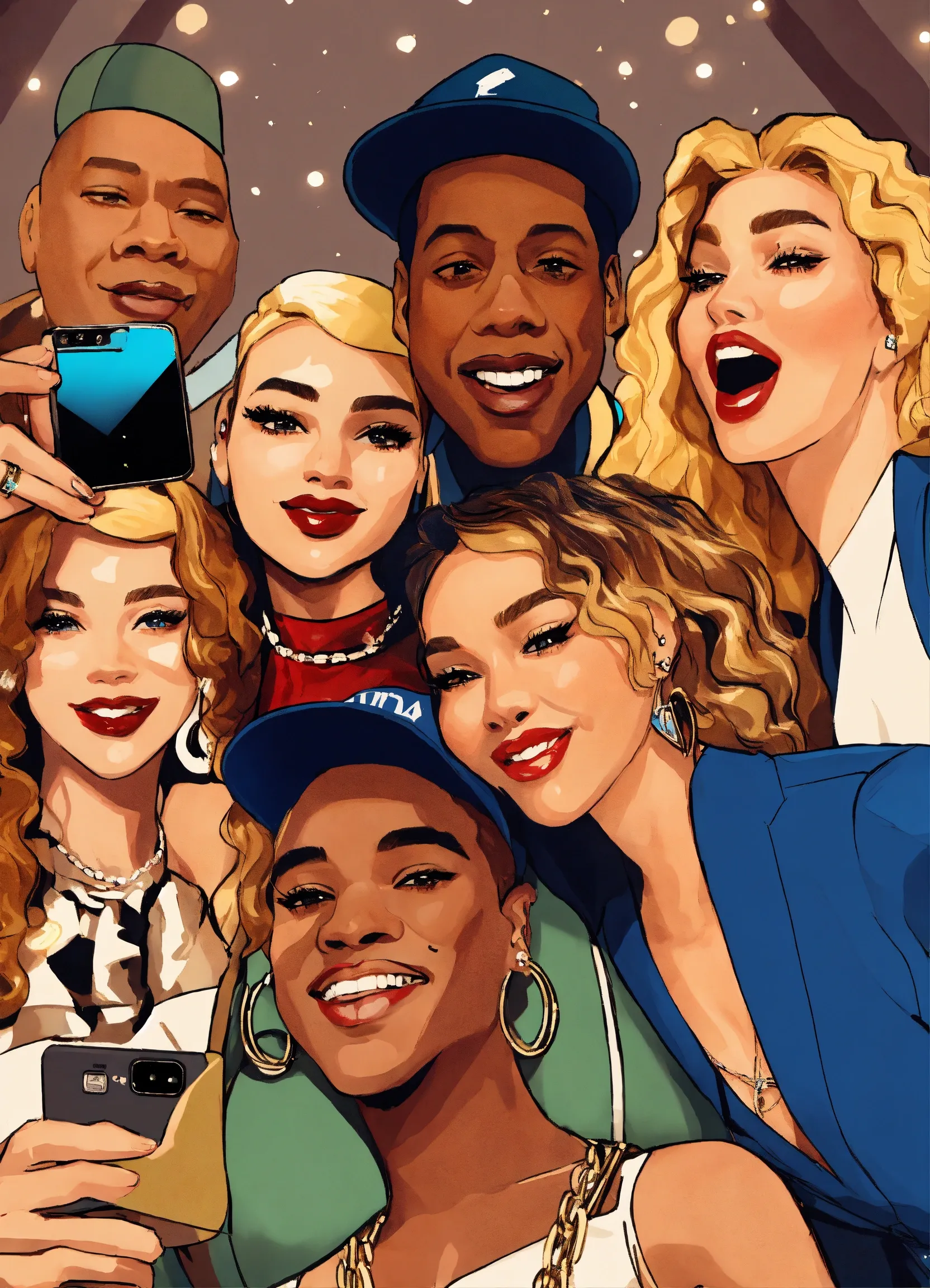Exploring the Intersection of Creative Arts and Technology
From incorporating digital elements in visual arts to using technology in music production, the creative arts and technology have become inseparable.

Overview
Introduction to the intersection of creative arts and technology
The intersection of creative arts and technology offers a fascinating realm where innovation and imagination converge. It is a space where traditional artistic practices are enhanced and transformed by the possibilities of technology. This intersection allows artists to push boundaries, experiment with new mediums, and create immersive experiences that captivate audiences. From incorporating digital elements in visual arts to using technology in music production, the creative arts and technology have become inseparable.
This article explores the historical context, importance, and various applications of this intersection, shedding light on the exciting opportunities it presents for the future of creativity and innovation.
Historical context of the relationship between creative arts and technology
The historical context of the relationship between creative arts and technology is crucial to understanding the current intersection between the two fields. Throughout history, advancements in technology have continuously reshaped the creative arts, pushing boundaries and opening up new possibilities for artistic expression. From the invention of the printing press to the development of digital tools, technology has played a significant role in transforming the way artists create and audiences experience art. This dynamic relationship has led to groundbreaking innovations and has shaped the evolution of both the creative arts and technology industries.
Importance of exploring the intersection for innovation and creativity
As a technology enthusiast, I believe that exploring the intersection of creative arts and technology is crucial for fostering innovation and creativity. The integration of technology in the creative arts opens up a world of possibilities, allowing artists to push boundaries and create unique and immersive experiences. By harnessing the power of technology, artists can enhance their artistic expressions and engage audiences in new and exciting ways. Whether it's using virtual reality to transport viewers to a different world or incorporating interactive elements in art installations, the combination of creative arts and technology has the potential to revolutionize the way we experience and appreciate art. It is through this exploration that we can uncover new forms of expression and pave the way for groundbreaking advancements in the creative industry.
Applications in the Entertainment Industry

Role of technology in film and television production
As a filmmaker, I have witnessed firsthand the transformative power of technology in the world of film and television production. The advancements in camera technology have allowed us to capture breathtaking visuals, pushing the boundaries of what is possible on screen. Additionally, editing software has revolutionized the post-production process, giving us the ability to manipulate time and create seamless transitions. The use of visual effects has become increasingly prevalent, allowing us to bring fantastical worlds and creatures to life. With the help of technology, we can transport audiences to different eras and places, creating time machines that allow us to explore the past, present, and future on the silver screen.
Incorporating technology in music production and performance
Incorporating technology in music production and performance has revolutionized the way musicians create and present their art. From digital recording and editing software to live performance tools, technology has opened up new possibilities for musicians to explore and experiment with their sound. Business growth is another key aspect that technology has impacted in the music industry. With the rise of streaming platforms and online distribution channels, musicians now have the opportunity to reach a global audience and monetize their music in ways that were not possible before. This has led to a shift in the music industry landscape and has created new opportunities for independent artists to thrive.
Virtual reality and augmented reality in gaming and immersive experiences
As a writer and technology enthusiast, I am fascinated by the advancements in virtual reality (VR) and augmented reality (AR) and their impact on the gaming and immersive experiences. VR and AR have revolutionized the way we interact with digital content, creating a sense of presence and immersion like never before. The integration of VR and AR in gaming has opened up new possibilities for storytelling and gameplay, allowing players to fully immerse themselves in virtual worlds. From exploring fantastical landscapes to battling virtual enemies, VR and AR have taken gaming to a whole new level. Additionally, these technologies have also found applications in other areas such as training simulations, architectural visualization, and virtual tours. The potential of VR and AR in enhancing our experiences and creating new forms of entertainment is truly exciting.
Digital Art and Design

Evolution of digital art and its impact on the creative industry
As a technologist, I am fascinated by the evolution of digital art and its impact on the creative industry. The integration of technology has revolutionized the way artists express themselves and has opened up new possibilities for artistic exploration. Digital art has allowed for the creation of immersive and interactive experiences that engage audiences in unique ways. From digital paintings to interactive installations, artists are pushing the boundaries of traditional art forms and embracing the potential of technology. This intersection of creative arts and technology has not only transformed the way art is created and consumed but has also sparked innovation and collaboration across industries.
Exploring the use of technology in graphic design and visual communication
As a graphic designer, I have witnessed the significant impact of technology on the field of visual communication. The use of cyberpunk technology has revolutionized the way we create and present designs. With advancements in software and hardware, designers now have access to a wide range of tools and techniques that allow for the exploration of futuristic and dystopian aesthetics. From glitch effects to neon colors, cyberpunk technology has become a popular choice for creating visually striking and captivating designs. It has opened up new possibilities for experimentation and creativity, pushing the boundaries of traditional graphic design. By embracing the use of cyberpunk technology, designers can create visually immersive experiences that resonate with modern audiences.
Interactive installations and digital experiences in art exhibitions
As a writer exploring the intersection of creative arts and technology, I am fascinated by the innovative ways in which artists are incorporating technology into interactive installations and digital experiences in art exhibitions. These immersive experiences transport viewers into a world where they can engage with the artwork on a deeper level. From interactive projections that respond to movement, to virtual reality experiences that allow viewers to step into a painting, technology is enhancing the traditional art exhibition format. One example that comes to mind is the Zombie Pied Piper installation, where visitors can interact with the artwork by playing haunting melodies on a digital instrument. This merging of art and technology not only captivates audiences but also pushes the boundaries of what is possible in the creative arts.
Education and Collaboration

Integrating technology in arts education for enhanced learning
In my opinion, integrating technology in arts education is crucial for enhanced learning. Technology has revolutionized the way we learn and has opened up new possibilities for creativity and innovation. By incorporating technology into arts education, students can explore new mediums, experiment with different techniques, and collaborate with peers from around the world. This not only enhances their technical skills but also fosters critical thinking, problem-solving, and digital literacy. Additionally, technology allows for personalized learning experiences, where students can learn at their own pace and tailor their education to their individual interests and strengths. Overall, integrating technology in arts education empowers students to become well-rounded individuals who are prepared for the digital age.
Collaborative projects between artists and technologists
As a technologist working in the creative arts, I am constantly intrigued by the potential of emerging technology to push the boundaries of artistic expression. Collaborative projects between artists and technologists have become increasingly common, as both parties recognize the value of combining their unique skills and perspectives. These collaborations often result in innovative and immersive experiences that captivate audiences and challenge traditional notions of art. By harnessing the power of technology, artists can create interactive installations, digital experiences, and multimedia performances that engage viewers on a whole new level. Through these collaborations, artists and technologists are shaping the future of the creative arts, paving the way for groundbreaking advancements and pushing the boundaries of what is possible.
The future of interdisciplinary collaboration in the creative arts and technology
As a leader in the dynamic world of technology, I believe that the future of interdisciplinary collaboration in the creative arts and technology holds immense potential for innovation and creativity. By combining the expertise and perspectives of artists and technologists, we can push the boundaries of what is possible in both fields. One area where this collaboration can thrive is in the exploration of physics in creative arts. By integrating principles of physics into art and design, we can create interactive installations and experiences that engage and inspire audiences. This interdisciplinary approach not only enhances the artistic value of the work but also opens up new avenues for scientific exploration. By embracing this future of collaboration, we can unlock new possibilities and shape the future of the creative arts and technology.
Welcome to the Education and Collaboration section of Bookspotz, the World's Changing Independent Creative AI Publication. In this section, we explore the importance of education and collaboration in today's rapidly evolving world. We believe that through education and collaboration, we can unlock the full potential of human creativity and innovation. Whether you're a student, educator, or a creative professional, this section provides valuable insights, tips, and resources to enhance your learning journey. Join us on Bookspotz and be a part of the global community dedicated to fostering education and collaboration.




